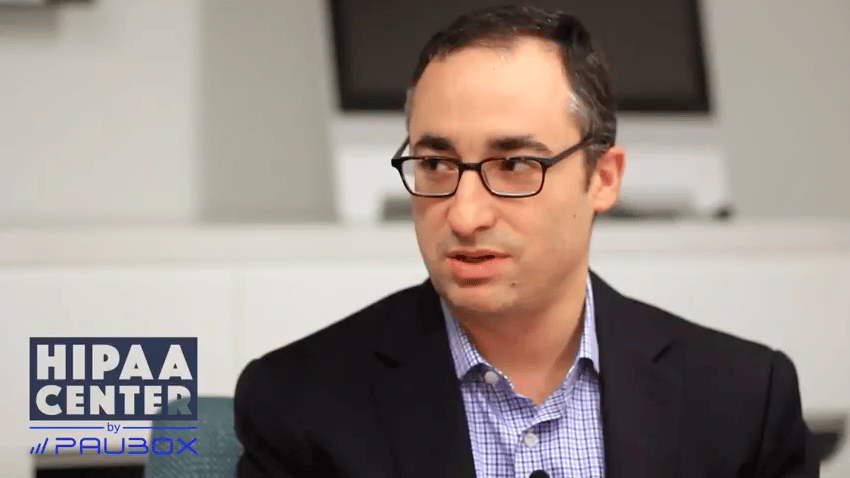
Yesterday, the U.S. Federal Government and the Department of Health and Human Services (HHS) announced immediate expansions to laws concerned with telehealth services. The idea was to increase access to telemedicine, support national efforts to combat COVID-19, and encourage social distancing. As organizations request employees to remote work, patients ask doctors to remote treat. The statement comes when hospitals are at capacity, figuring out how to care for COVID-19 patients, assess possible affected, and treat other patient needs.
UPDATE: In April 2020, in connection with the COVID-19 pandemic, the Office for Civil Rights (OCR) at the Department of Health and Human Services (HHS) announced the Notification of Enforcement Discretion, which allows healthcare providers to use widely available communication apps, such as [name of the app], for telehealth services without the risk of incurring HIPAA fines. For more information, check out this recent Paubox blog post.
What has changed?
Under the announcement, three federal departments have reworked related laws to encourage the use of digital healthcare:- The Centers for Medicare and Medicaid Services expanded Medicare coverage for telehealth visits, which means older Americans (and disabled persons using Medicare) are able to remotely connect to healthcare professionals rather than put themselves at in-person risk
- HHS’s Office for Civil Rights waived potential HIPAA penalties for good faith use of telehealth (e.g., HIPAA compliant email) during the emergency
- HHS’s Office of Inspector General provided flexibility to healthcare providers for telehealth visits paid by federal healthcare programs.
Up until now, digital healthcare connected patients to doctors, doctors to one another, and provided access to medication, albeit on a small-scale due to limited access. Under the expansions, telemedicine can evaluate Americans worried about COVID-19 and assess if testing or a hospital visit is warranted. And patients with general health concerns won’t be left in the dark with hospital and clinic visits discouraged and/or banned. According to HHS Secretary Alex Azar, the changes do much to protect Americans during the COVID-19 outbreak.
What else can change?
Yesterday’s decision was met with widespread praise as well as a call for further action, particularly among state governments with strict telehealth laws, and requests for clarity. Within the past two weeks, telehealth providers have seen a surge in remote treatment needs. The need for more doctors and IT specialists is apparent and critical. Finally, these changes represent an opportunity to evaluate telehealth itself, and how to use it beyond immediate concerns. The expansions encourage flexibility and peace of mind to both patients and healthcare workers. This, at a time, when the need for fast decisions to ensure continued patient care is needed most.
SEE RELATED: ZiphyCare uses machine learning coupled with at-home patient care to reduce the spread of COVID-19
Subscribe to Paubox Weekly
Every Friday we'll bring you the most important news from Paubox. Our aim is to make you smarter, faster.



